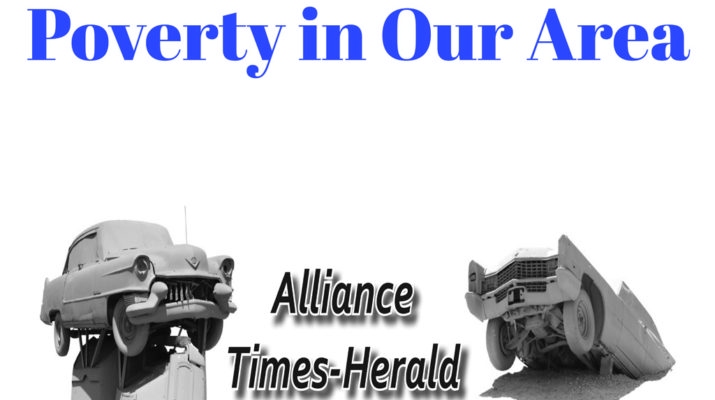April is Financial Literacy Month, a good time to review our credit and debt situation. Most people at some time in their lives have trouble managing their finances, and this is especially true for those who live in poverty and have limited resources.
Credit is the ability of a person to obtain goods or services before payment, based on the trust that payment will be made in the future. Debt is something, typically money, that is owed to others.
Credit has increased Americans’ purchasing power. Without credit most of us could not buy homes and cars or go to college. Many of us use credit so we don’t have to carry cash or write checks, and we have a record of our purchases. But using credit means that we have debt. As the end of 2020, consumer debt was at $14.35 trillion, with Americans carrying an average personal debt of $92,727.
Credit card debt is, for many Americans, the most difficult to control. Because of the convenience, we use credit cards for everyday purchases at local stores, online purchases, and sometimes cash advances. Credit cards also charge high rates of interest, sometimes 39%. If you pay in full every month, you don’t have to pay that interest. But 55% of American families with credit cards do not pay in full every month. They owe an average of $7,027 and pay $1,155 in interest on unpaid balances. The good news is that this is the debt people were most likely to control during the pandemic. Five years ago credit card debt was more than twice as high!
Personal loans allow you to borrow a lump sum of money and pay it back in installments over time. Consumers can use the funds to cover nearly any expense, from debt consolidation (pay off that credit card!) to home improvements and emergency expenses. Nearly a quarter of U.S. adults have this type of debt, and the average balance stands at $16,458.
Most car shoppers don’t have the cash to pay for a vehicle upfront, so they take out an auto loan and pay down the balance over time. As the second-most popular type of credit, two-thirds of U.S. adults have at least one auto loan. The average balance on this type of debt is $19,703.
Student loans help millions of Americans pay for college education every year. The average balance for those who have college loans is $38,792.
Home equity lines of credit (HELOCs) allow homeowners to borrow money using their homes as collateral. The average HELOC balance is $41,954, and 12 percent of adults in the U.S. have a HELOC account.
Mortgages by far represent the largest outstanding debt in the U.S. The average mortgage balance stands at $208,185, and 44 percent of U.S. adults have this type of debt. In Box Butte County, an average home (according to the US Census Bureau) is valued at $105,400, so our mortgage debt would be significantly lower. Because of the low interest rates right now there have been more home sales, and this is the type of debt that has increased the most in the last year.
This article used information from NerdWallet, Bankrate, and the Experian 2020 Consumer Credit Review.
Having debt often creates financial difficulties for families. You have to pay interest, and perhaps additional fees. If you are delinquent, or late in your payments, those interest rates increase and more fees are added. You also damage your credit score and have to pay more to obtain credit in the future.
Over the next few weeks we will be looking at more information about credit and debt and ways we can manage our financial resources better.

